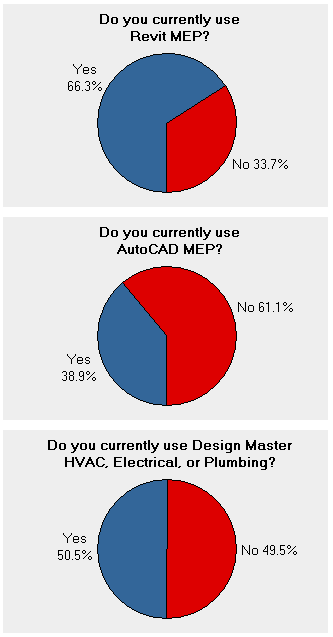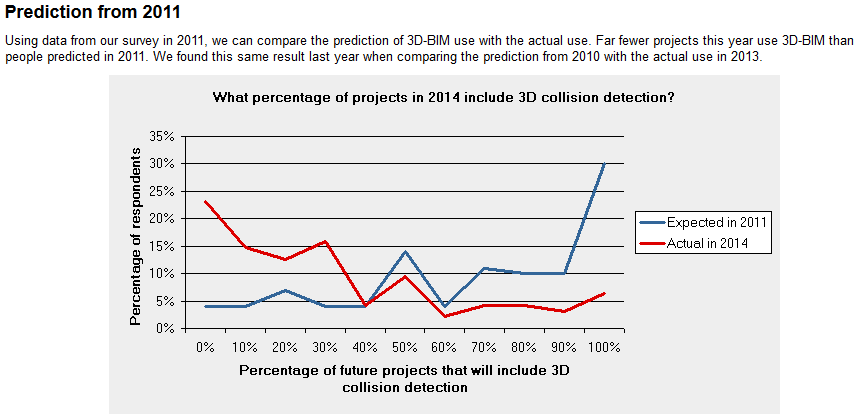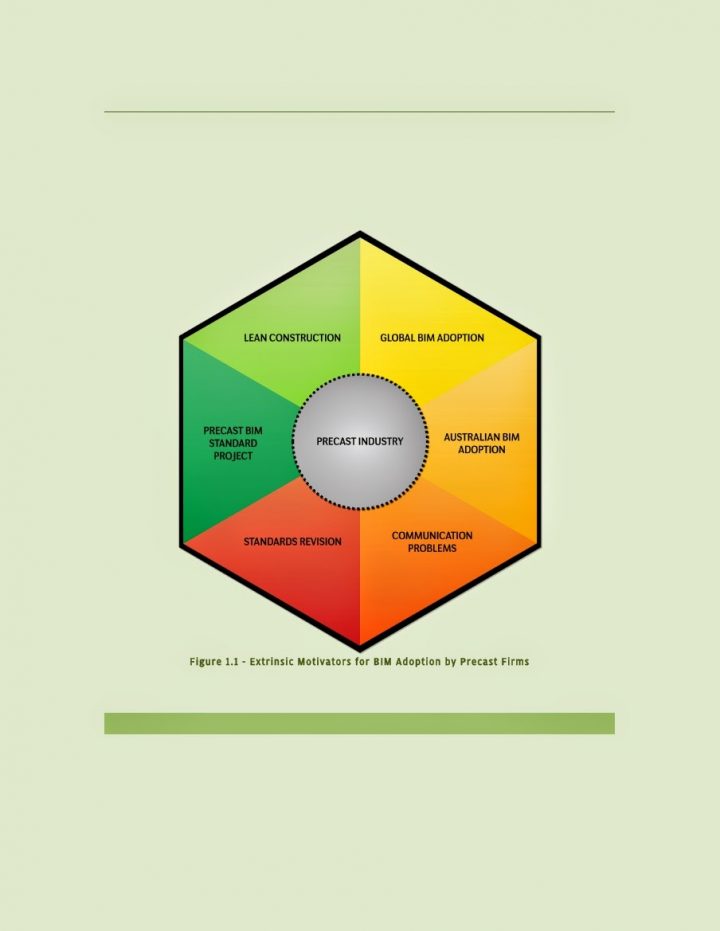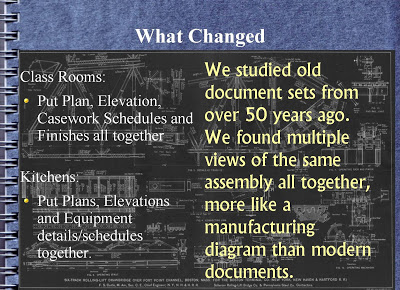A very interesting Case Study written by Doug Andresen (principal architect at Andresen Architecture, Inc) was posted to AUGI last week. He describes how his firm transitioned from AutoCAD to Revit.
Here are a few quotes I liked:
we purchased the product and only used Revit for renderings for the first 3 to 4 years. We were so pleased with just that portion of the program that it was fine with us to sell a project with colored renderings and continue to deliver the project in AutoCad. However, the beauty of Revit is its seamless integration from preliminaries to construction documents and the time savings are phenomenal.
…
the more experienced people in AutoCad seemed to have the hardest time learning Revit because it was such a different paradigm and it took a great deal of effort to re-learn everything.
[Different paradigm? Its called What Revit Wants]
…
the set-up time is significant and not for the faint-of-heart. What we finally ended up doing is simply taking the plunge into construction documents after completing the Revit tutorial.
…
We had to install an in-house “virtual cloud” that would run up to 5 seats simultaneously
…
all of the good things you have heard are all true! Don’t be afraid of the challenges that the program presents. Revit is the future and the sooner you get on-board, the better.
Read the whole article:
Industry Spotlight: The Revit Revolution | AUGI





